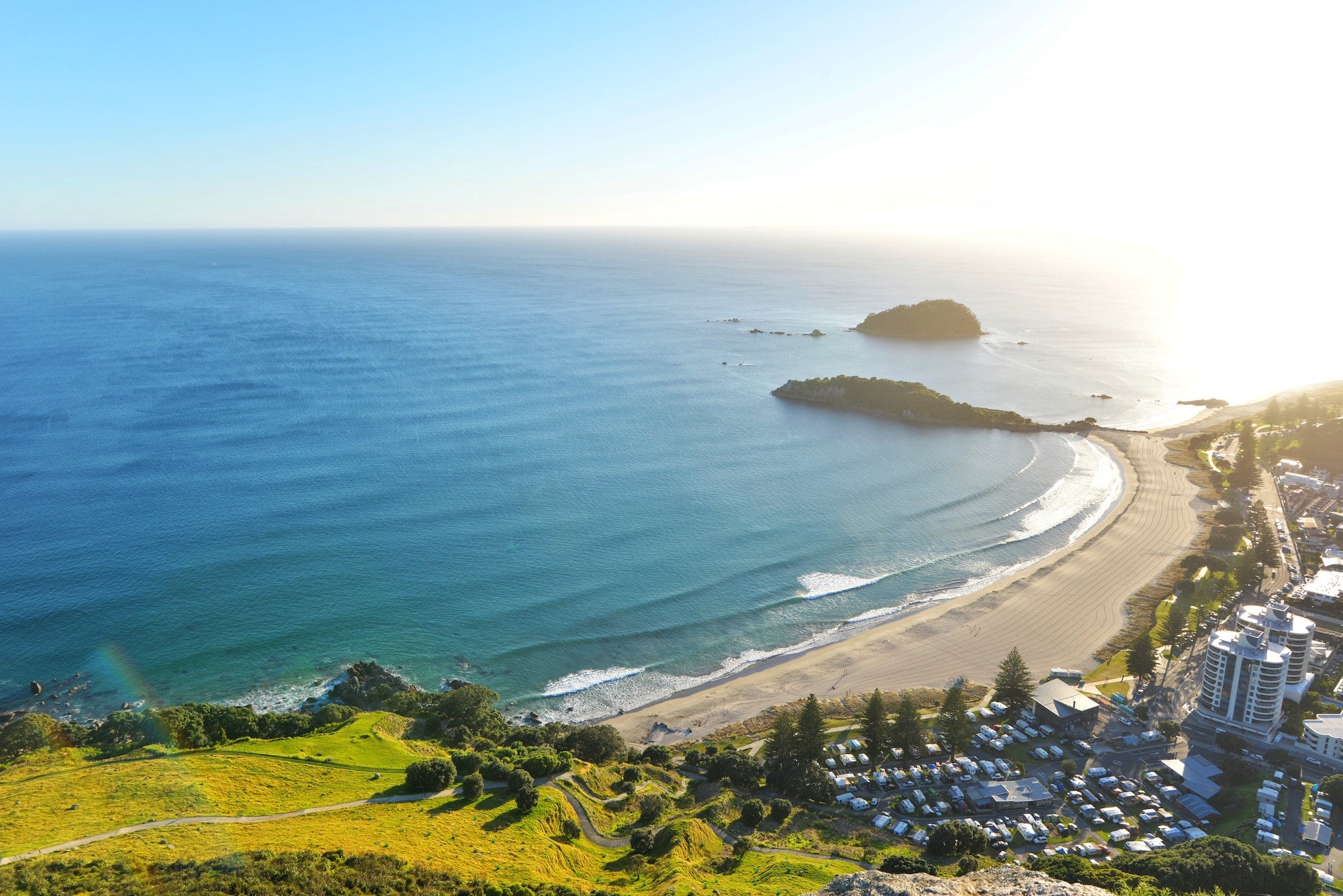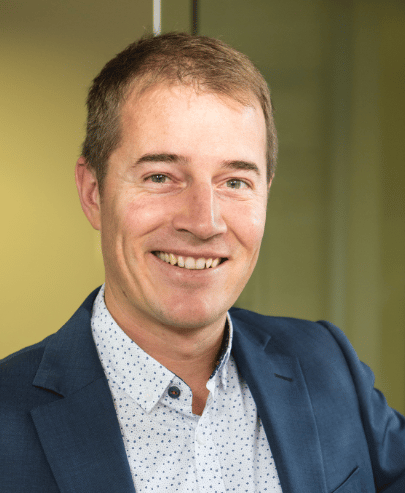Morgan Jones, Managing Director of Veros gives his perspective on Tauranga’s changing landscape.
Summers at the Mount. New Year’s parties. A great place to retire. A relaxed lifestyle by the beach. A quaint CBD. A quarter acre paradise. A place for the “newlyweds and nearly…elderly”.
True, 20 years ago, not so now. Tauranga is now one of New Zealand’s major metropolitan centres. This might not be news to all, but if you haven’t visited in a while – be prepared for change and more change. Most of this change represents a huge leap forward in reshaping our city for the future. But there are challenges.
Over 20 years from 1995-2014, the total value of development investment in Tauranga was $5.5 billion. In the seven years from 2015 to the first quarter of 2022, development investment in Tauranga totalled another $5.5 billion. That’s a phenomenal increase in the pace of investment and development activity that is occurring locally.
Looking a little deeper reveals that investment across those 25 years was pre-dominantly greenfield; homes in places like Pyes Pa and Papamoa, industrial development in Mount Maunganui and Tauriko, retirement villages in Bethlehem, Papamoa and Warakei, and the major suburban retail hubs of Tauranga Crossing and Bayfair. This growth was essential, but most have acknowledged that the planning required to manage the impacts on accessibility and housing choice did not match the pace and direction of growth.
This is set to change, dramatically. The city centre, neglected for decades, is tagged for major public investment. In May 2022 Tauranga City Council committed over $300m to the new civic centre, Te Manawataki o Te Papa. From 2023 – 2030 there will be, an exhibition centre, new modern library, museum, civic whare, an upgraded waterfront and waterfront wharf. Alongside this Tauranga City Council and the Bay of Plenty Regional Council are investing in new transport responses. There will be pain. We are being asked to change the way we move around. But if the destinations are worth it and the infrastructure is there to support it, they may yet drag us out of our cars and into the buses whizzing down the bus lanes and onto our electric bikes enjoying our separated bike paths. Maybe.
Priority One launched the Tauranga CBD Blueprint (2022-2030) in May 2022. The Blueprint outlines $1.5 billion of city centre development and investment over the next 8 years. The good news in the Blueprint is that much of the development is private sector led. This reflects growing confidence that the Council’s commitments will be realised. Other major projects anchoring that investment include a new $150m Justice Precinct and a new $100m aquatic centre and indoor events centre. Other projects that remain at feasibility and business case stage could very well come off – like the new $140m multi-function stadium touted for the city centre Wharepai Domain.
While temporarily set back by Covid-19, the University of Waikato and Tertiary Partnership continues to grow and the demand for additional student accommodation in the city centre will increase.
This is all great – but we are still living with a chronic land supply issue. As a result increasing house prices continue to exert pressure in the local community. However, infill housing and more compact forms of living are emerging. Come August this year, this market demand will be unshackled by Council’s Plan Change 33, in response to the NPS-UD requirements for more height and density allowance in residential areas, and in particular around key centre nodes and high frequency public transport corridors.
Tauranga City Council has an (in principle) commitment of close to $150m from the Government to fund this growth in Tauriko West and the Te Papa Peninsula from the Infrastructure Acceleration Fund.
Five years on from selling its public housing portfolio, Kāinga Ora has re-entered the market as a major developer in Tauranga across greenfield and infill projects. Kāinga Ora have purchased sites just south of Gate Pā on Cameron Road to deliver up to 150 apartments. Earlier this year they acquired a 95 hectare greenfield site in Tauriko West for over 1,000 new homes. The good news – much needed housing supply, public housing, and housing choice. The hook – there are signs of market distortion occurring.
The Port continues to be a major driver of the economy. While the latest development stage of the port is held up in resource consent, the $655m Takatimu Northern Link starts in 2022. This will improve the road infrastructure around Tauranga.
The major industrial area of Tauriko Business Estate will release another 90 hectares of industrial land in the coming years to meet the insatiable needs of the industrial sector.
The Property Council has long advocated for a number of these initiatives in Tauranga, including a strong civic heart, backed by well planned, well funded and well executed anchor projects. Tauranga will be an exciting and challenging place for the property industry in the coming decade. We are pleased to see some long term ambitions of the Tauranga community coming to fruition. We will need to step up to the challenge and address access, affordability and partnership together to get the kind of growth we need.
Author | Morgan Jones
Managing Director, Veros
Morgan is the Managing Director at Veros and works across the Waikato and Bay of Plenty. Having previously worked in Auckland and a number of major centres in Australia, Morgan brings a big picture perspective to the business.
With experience working with some of Australia’s largest listed and privately owned property development companies including Stockland, Lendlease, Wesfarmers, and Retirement Australia, Morgan has worked across all sectors of the project industry. Morgan has expertise in the delivery of new residential communities, town centres and commercial developments, integrated retirement and aged care projects and tourism projects. More recently Morgan has worked across a range of government and institutional projects in New Zealand including catalyst city transformation projects.
Morgan has represented a range of policy and development advocacy industry groups and strives for excellence when representing client’s interests. Morgan brings particular attention to clearly articulating the objectives of a project and identifying development pathways. Morgan has a proven track record for delivering projects from conception through to completion.


